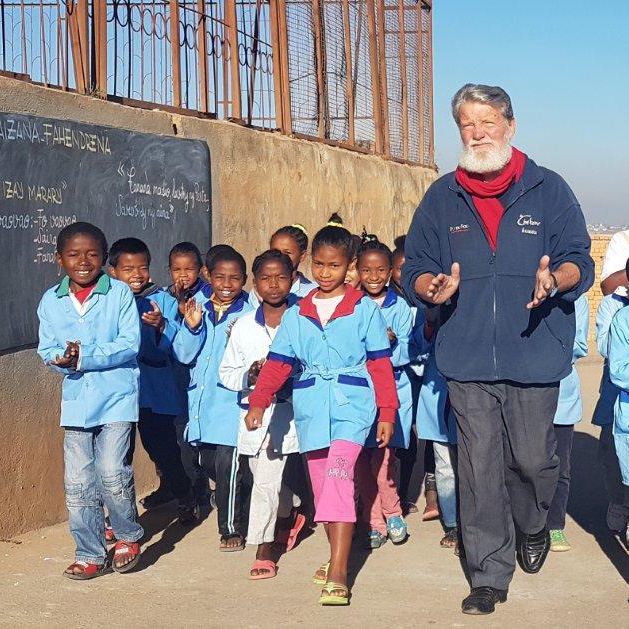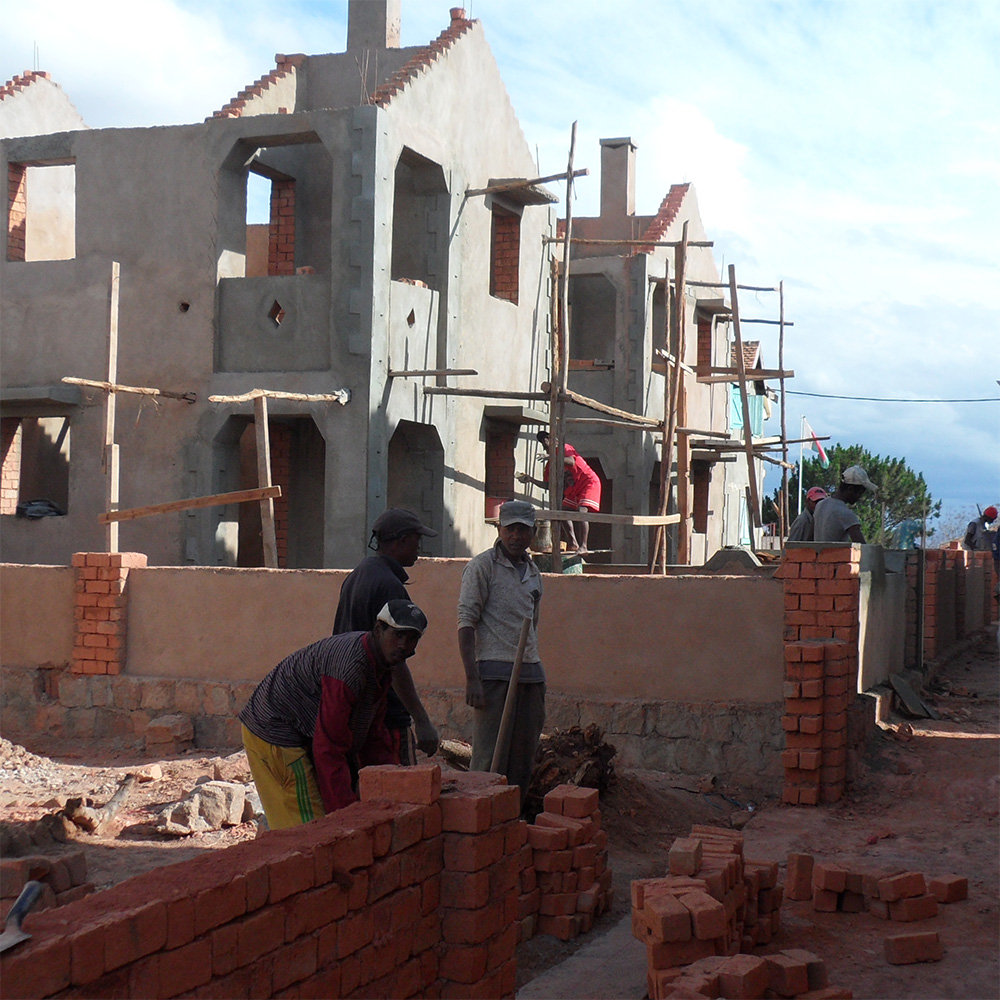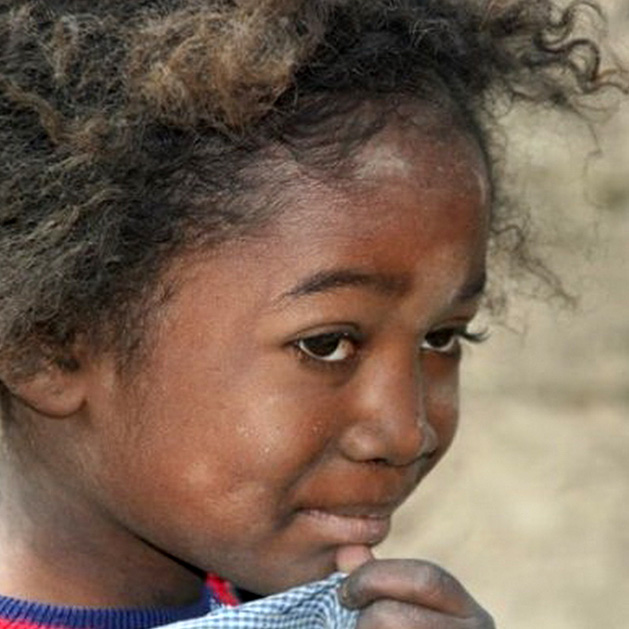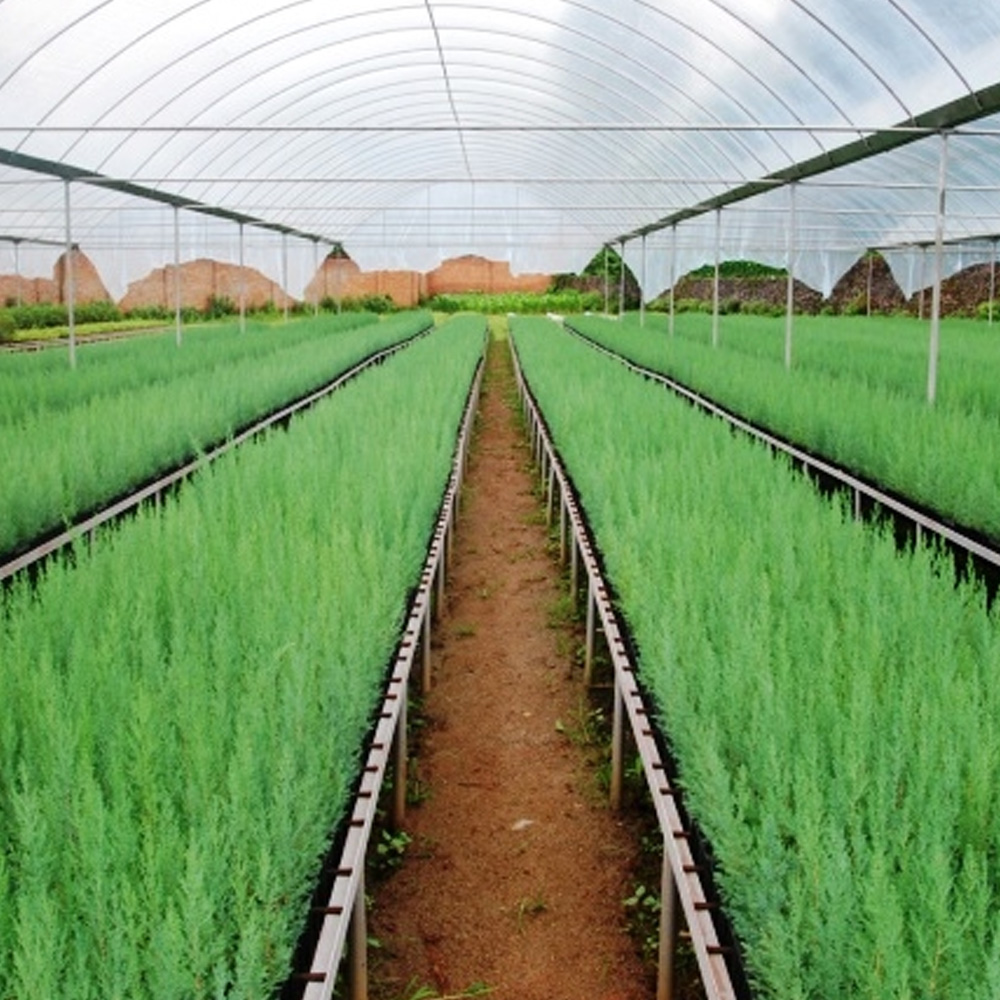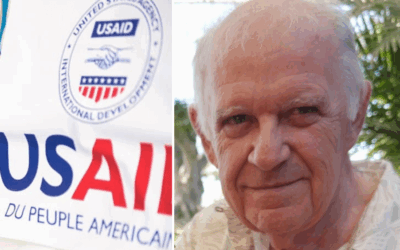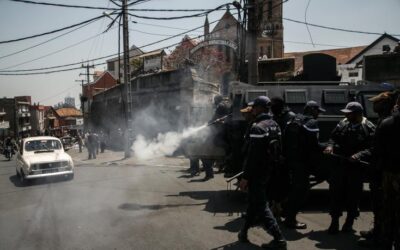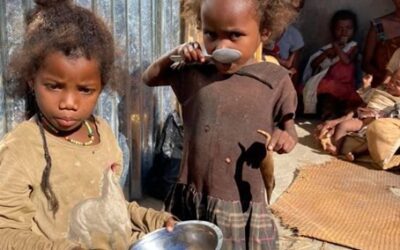Madagascar Foundation
« Public Charity »
Help the poor lift their heads
We are a non-profit charitable organization that was created to energize and encourage donations from all over the world with the aim of supporting actions such as those of Father Pedro Opeka and his association Akamasoa, but also Father Emeric Amyot d’Inville and his association Foyer de Tonjomoha as well as Father Faratsely Gaston and the Sisters of Charity.
Father Pedro Opeka and the Akamasoa association:
Help without assisting
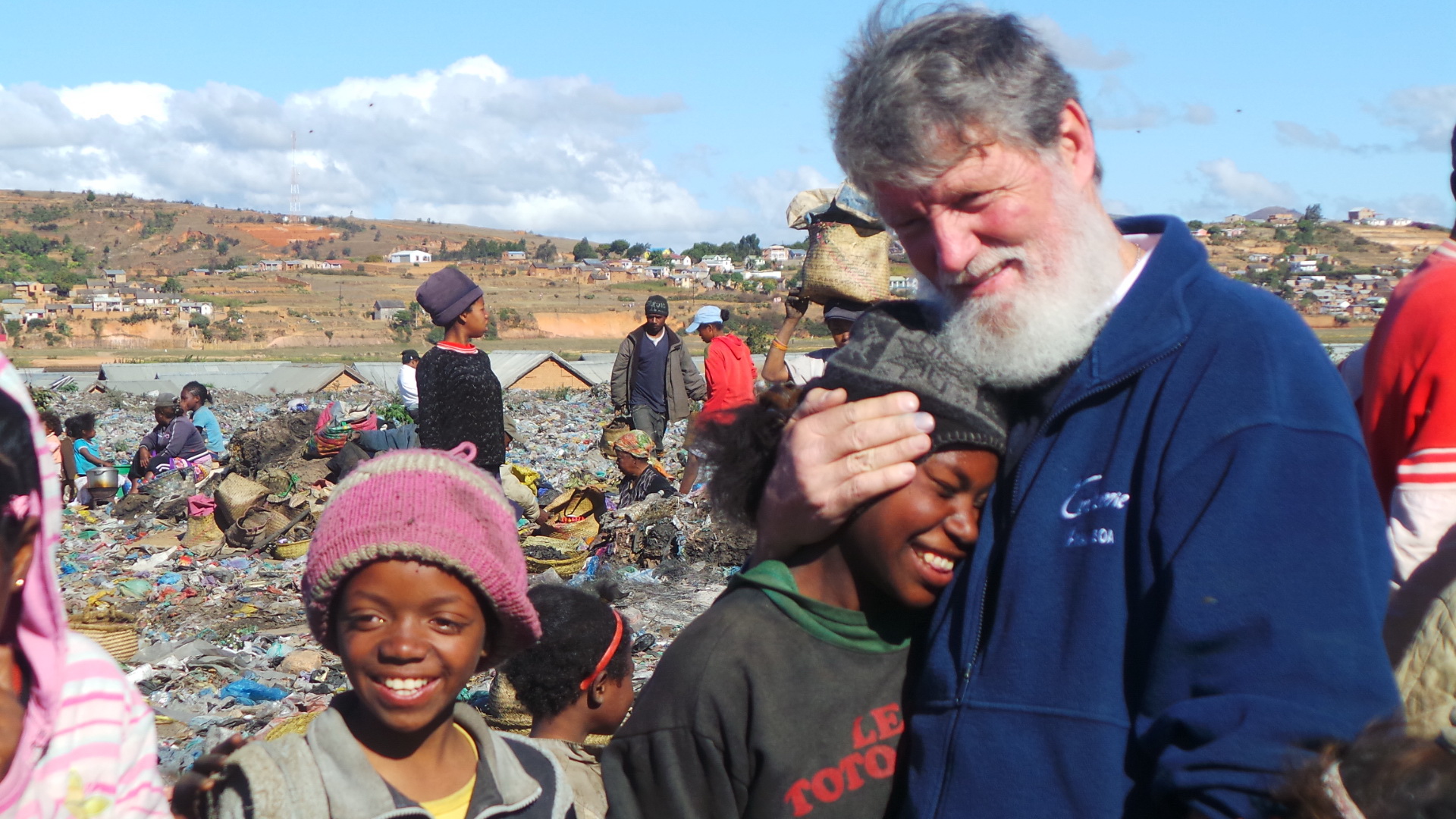
Convinced that lasting help cannot be provided only from the outside, and that it is the change of the human person by getting them out of their old habits that must be operated: Akamasoa wishes to help without assisting.
Father Emeric and the Association Foyer de Tonjomoha:
Everyone is welcome
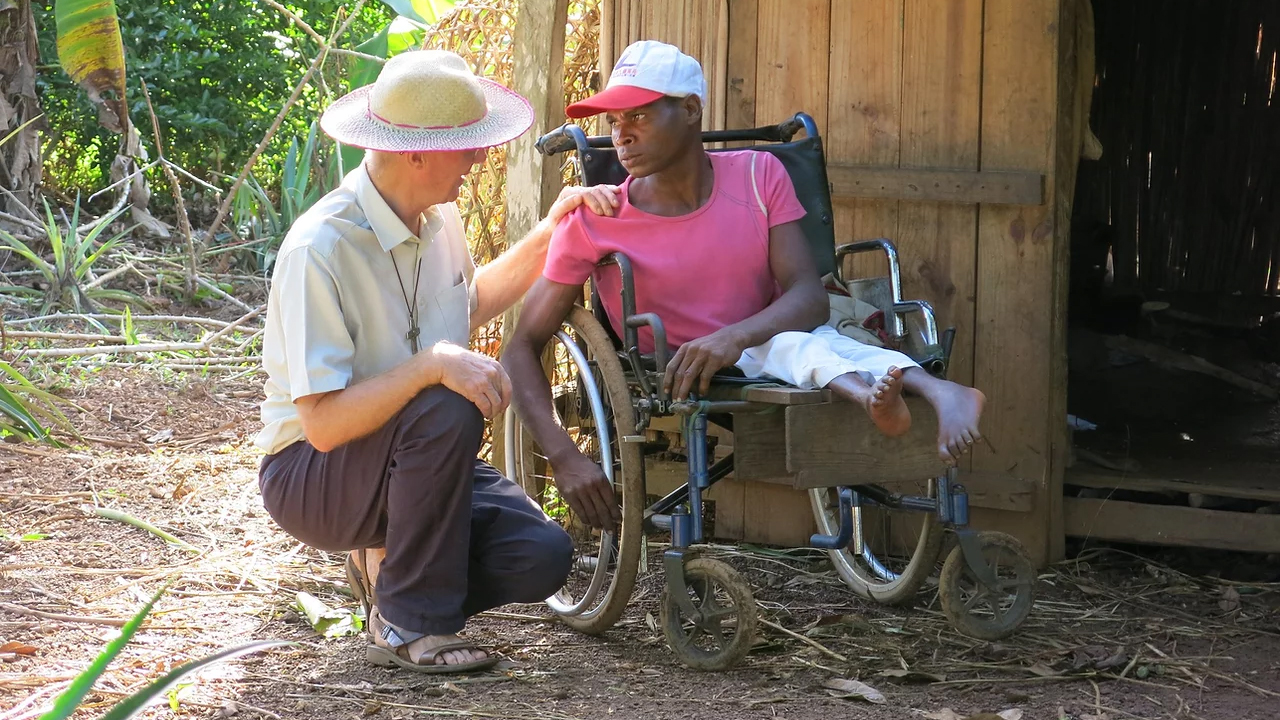
Located on the southeast coast of Madagascar, the Foyer de Tanjomoha was created in 1986 by Father Vincent Carme with the aim of welcoming young people with physical disabilities to treat their handicap and give them vocational training.
Father Faratsely Gaston and the Charity Sisters:
Help without assisting
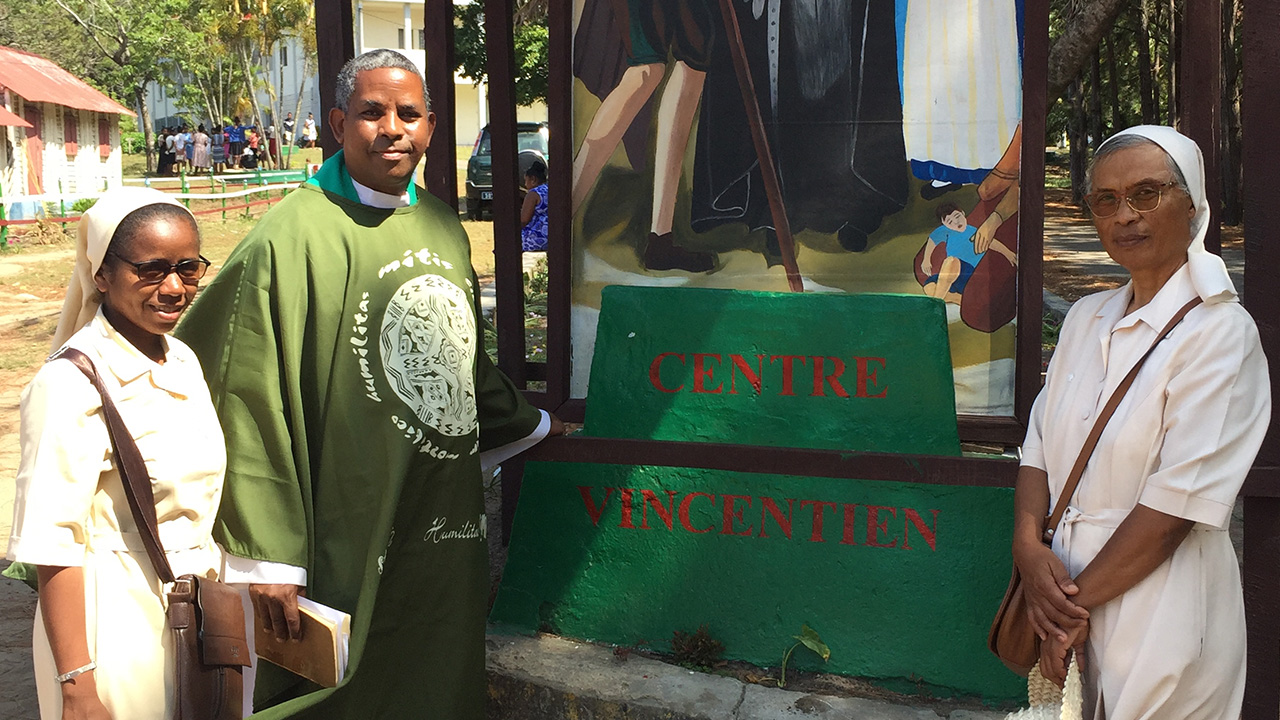
We have been supporting Father Faratsely Gaston Provincial Visitor as well as the Sisters of Charity in the Great South of Madagascar since 2022. This association works with more than 75,000 people in an “extreme survival situation”
Grâce à vous, c'est déjà :
Houses built
Villages created
Sports field
Brick houses
Children planted more than 20,000 new trees in their free time in 2018.
More
people have gone through our health centers and been helped since 1989
More
people now live in these villages.
Help us to help them
Support our actions
Education
The education system is one of the pillars of the Association. Any new family settled in AKAMASOA has the obligation to send their children to school in the various structures of the Association.
Work
From the beginning, work was the indispensable condition for getting out of the hell of the streets; it has not changed.
A job in a career, very hard, but worthy.
Health
Allowing access to care for the poor is one of the initial objectives of the association. AKAMASOA's largest healthcare center is located in Manantenasoa.
Reforestation
Every year thousands of trees are planted, and systematically around our villages, by schoolchildren, during the rainy season and are maintained during the dry season.
Filling the void left by the elimination of USAID to respond to the humanitarian emergency in Africa
Filling the void left by the elimination of USAID to respond to the humanitarian emergency in Africa Following the cessation of American development aid, Patrick Adam de Villiers, founder and president of the Madagascar Foundation, emphasizes the crucial role of...
Madagascar’s capital was deserted after violent protests
Madagascar's capital was deserted after violent protests. See the Madagascar capital deserted after violent protests article. Protesters are erecting barricades as they demonstrate against repeated water and electricity outages in Antananarivo on...
Another of our containers arrived in Ehoala South, Madagascar
Another of our containers arrived in Ehoala South, Madagascar Another of our containers arrived in Ehoala in June and is scheduled to deliver an additional quarter million meals to the starving people of Androy State in July. We have now provided more than a...

